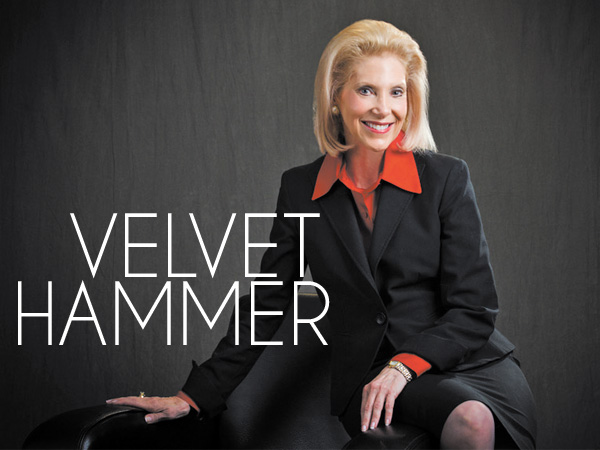Q: I’m a new department head for a pharmaceutical company with a large staff, many of whom either work from home or remote office locations throughout the U.S. As a result, I find myself conducting a majority of employee meetings via conference calls. Unfortunately, abuses are rife on these calls—people on the line interrupt one another, multitask, etc. Any advice?
—Need help getting down to business
A: Conference call complaints are widespread, but as you might surmise, they are not going away. These virtual meetings have become too useful for businesses dealing with far-flung workplaces, flexible schedules and tighter business travel budgets. Nonetheless, there are ways to help dial back the abuse by fine-tuning your conference details—from the agenda and meeting protocol to the scheduling. For instance, consider setting firmer ground rules than you would for a face-to-face meeting by preparing a tighter, more scripted agenda.
Keep in mind that the absence of nonverbal cues such as facial expressions may make some people hesitant to speak up and they can become more distracted with what’s going on at their respective work/home location. So try to build rapport with conferees by asking each participant to introduce themselves upfront, briefly explaining their role in the project at hand and what they want out of the meeting. You might also want to have participants say their names when they speak so everyone knows who’s talking.
As the meeting moderator, keep the discussion on point to expedite the agenda; but equally important, try to engage conferees by asking more questions—this will give you the luxury of listening and learning more about your team and their operational concerns. In addition, consider assigning more of the agenda items to conferees to facilitate the conversation. Time zone differences can irritate people who have to rise at dawn to meet with colleagues on another coast. Be sensitive to these differences by moving the meeting times around.
From a technical standpoint, make sure all participants have the correct conference call-in number, password, date and time (deciphering the time zones). If using a conference phone system, check it in advance to ensure it can capture all the speakers and not cut out voices. Encourage participants to dial in from landlines and not cell phones. Is there an art to holding a successful conference call? Some may say no, but others say: The art comes in the planning.
[If you have a question for Joan, send it to business@townandstyle.com. Joan Lee Berkman is a marketing and public relations consultant.]
